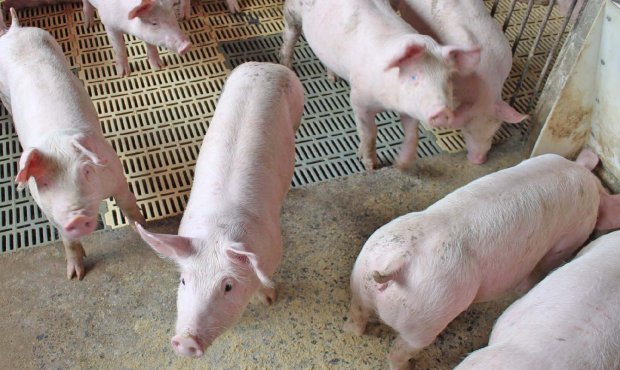Demand at the final end and replacement along the chain were positive in December, which favored readjustments in both carcass and live pigs, slightly improving activity margins in the period before the New Year, albeit still squeezed by the high cost of nutrition. The supply of animals was balanced, and average weight continued to be reduced, which also helped price formation. The average live kilogram traded in the Center-South of the country closed last December at BRL 6.70, up 6.1% from the closing of November, when the average was BRL 6.32.
However, after the year-end celebrations, prices are already facing difficulties due to slower replenishment between wholesale and retail given the prospect of cooling demand at the final end. At the close of January 5, the Center-South average was BRL 6.43 per live kilogram. Slaughterhouses act with greater caution in the purchase of live meat, evaluating that wholesale stocks tend to increase and that the margins of meat sales must fall. It is worth noting that consumption historically slows down in the first quarter of the year due to the fall in the purchasing power of households due to extra expenses, such as taxes (IPTU and IPVA) and school supplies. There is still a complicating factor at the beginning of the year, the fragility of live chicken and its cuts, a reflection of the surplus supply resulting from the increase in the housing of breeder chicks that occurred over the last few months.
Brazilian domestic demand is a point of weakness, as well as the level of production at the beginning of the year, which will remain high. Brazilian pork production in the first quarter of 2023 must reach 1.286 mln tons, according to estimates by SAFRAS & Mercado, an increase of 2.1% compared to the 1.259 mln tons registered in the same period last year. Thus, export numbers need to be strong to balance domestic availability and support prices in the country. As for exports, Brazil remains dependent on China, which brings some apprehension, considering that prices in the Chinese pork chain are falling sharply, which may result in a lower import impetus in the short term. The search for lower prices also tends to happen, which is bad for industry margins and can impact the trading of live pigs in the domestic market. Given its magnitude in the global market, China can interfere in the dynamics of several markets and especially prices.
According to data from China’s Ministry of Agriculture and Rural Affairs, the average price per kilogram of live pigs in the country has dropped by 31.6% since the end of October, from 27.66 to 18.91 yuan. The price curve in Dalian live futures shows a possible recovery as of May, with the resumption of domestic demand and growing replenishment. It is worth noting that the restrictive measures used to combat COVID continue to weigh on demand in the Chinese market. On January 12, USDA will release a report on the global meat sector, and attention must be turned to the update of data from China, where the import estimate may be reduced to below 1.7 mln tons. The exchange rate is a positive factor at this moment for exports, oscillating between BRL 5.30 and 5.50 a dollar.
As if the challenges in terms of demand, production, and exports of Brazilian pigs were not enough, the cost of production must remain at high levels throughout the first half of the year due to corn. Corn may experience stress over the next few months due to tight carryover stocks and complicated logistics, which will be focused on transporting the record soybean crop. Freights must rise, making corn CIF prices more expensive.
Given this outlook, pig farmers will remain in a difficult situation, and productive adjustment measures must be sought, such as controlling average weight. For the second half of the year, corn is likely to have falling prices, with an expansion of the corn second crop and in case of good weather progress.
Follow the Safras Agency on our website. Also follow us on our Instagram and Twitter and stay on top of the main agribusiness news!
Copyright 2022 – Grupo CMA

